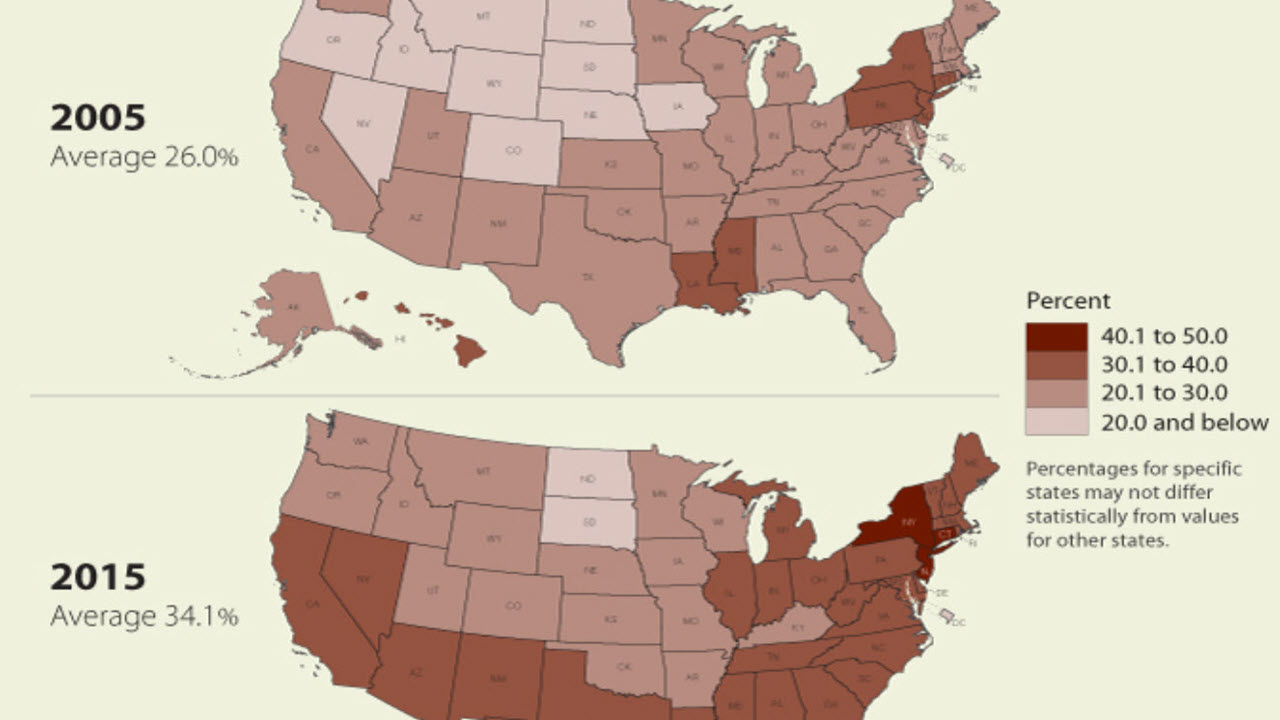Most Popular Living Arrangement is Living With Parents
Young adults are experiencing traditional milestones such as getting a job, marrying and having children at a later age than their parents.
One of the striking signs of delayed adulthood is the rising number of young adults who live in their parents’ home – now the most popular living arrangement for young adults.
A third of young people, or 24 million of those aged 18 to 34, lived under their parents’ roof in 2015. More young adults lived with parents than with a spouse in 2016. Almost 9 in 10 of the young people who lived with their parents a year ago are still living there. A new U.S. Census Bureau report, The Changing Economics and Demographics of Young Adulthood: 1975–2016 [PDF <1.0 MB], looks at changes in young adulthood over the last 40 years. The report focuses on the education, economic situation and living arrangements of today's young adults and how their experiences differ in timing and degree from what young adults experienced in the 1970s.
What was once ubiquitous in their 20s is now not commonplace until their 30s – a trend that some demographers describe as a new stage between childhood and adulthood. They call it “emerging adulthood.”
A look at this new generation of young adults:
- 1 in 4 young people aged 25 to 34 living in their parents’ home (about 2.2 million) neither go to school nor work.
- Most Americans believe educational and economic accomplishments are extremely important milestones of adulthood. In contrast, marriage and parenthood rank low: over half believe that marrying and having children are not an important part of becoming an adult.
- Young people may delay marriage but most still eventually tie the knot. In the 1970s, 8 in 10 married by the time they turned 30. Today, not until the age of 45 have 8 in 10 people married.
- In 2005, the majority of young adults lived independently, which was the predominant living arrangement in 35 states. By 2015, the number of states where the majority of young people lived independently fell to just six.
- More young men are falling to the bottom of the income ladder. In 1975, only 25 percent of young men had incomes below $30,000 a year. By 2016, that share rose to 41 percent (incomes in both years are in 2015 dollars).
- Between 1975 and 2016, the share of young women who were homemakers fell from 43 percent to 14 percent.
Subscribe
Our email newsletter is sent out on the day we publish a story. Get an alert directly in your inbox to read, share and blog about our newest stories.
Contact our Public Information Office for media inquiries or interviews.
-
Families and Living ArrangementsA Third of Young Adults Live With Their ParentsAugust 09, 2017More lived with their parents than with a spouse in 2016. It's part of a growing trend of delaying typical milestones of adulthood.
-
PopulationMillennials Are Helping Philadelphia ReboundSeptember 27, 2017Philadelphia's population had fallen to its lowest levels since 1900. Millennials now are key to Philadelphia's population turnaround.
-
PopulationAre Smartphones the Key to Crossing the Digital Divide?October 24, 2017Handheld devices, such as smartphones, may be a game changer when it comes to increasing internet access for low-income households.
-
EmploymentThe Stories Behind Census Numbers in 2025December 22, 2025A year-end review of America Counts stories on everything from families and housing to business and income.
-
Families and Living ArrangementsMore First-Time Moms Live With an Unmarried PartnerDecember 16, 2025About a quarter of all first-time mothers were cohabiting at the time of childbirth in the early 2020s. College-educated moms were more likely to be married.
-
Business and EconomyState Governments Parlay Sports Betting Into Tax WindfallDecember 10, 2025Total state-level sports betting tax revenues has increased 382% since the third quarter of 2021, when data collection began.
-
EmploymentU.S. Workforce is Aging, Especially in Some FirmsDecember 02, 2025Firms in sectors like utilities and manufacturing and states like Maine are more likely to have a high share of workers over age 55.




